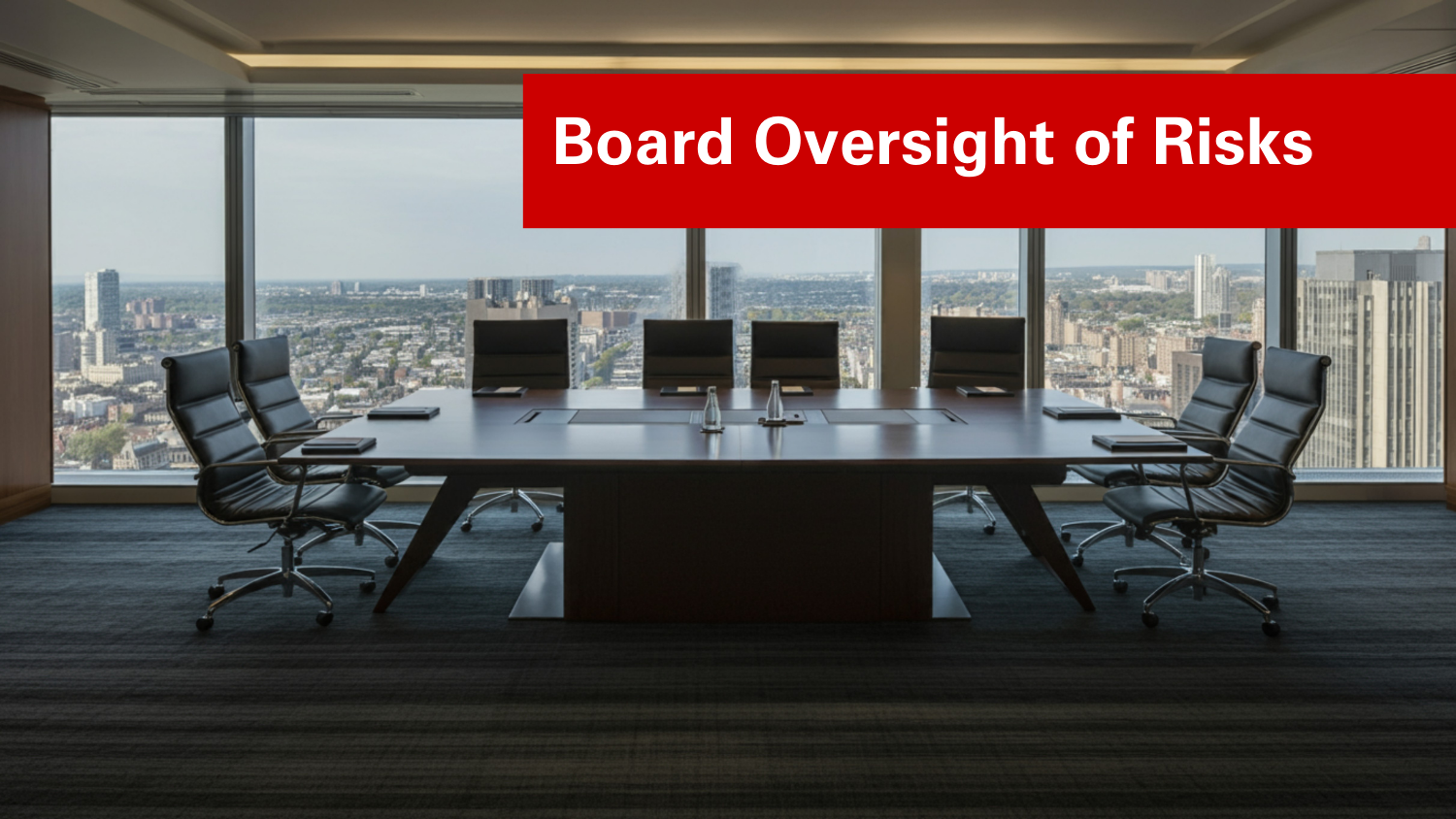Risk of Piling ERM on Audit Committee
The report, authored by Jabulani Leffall, is a wake-up call for companies to evaluate the workload placed on small audit committees. Since the inception of audit committees in the 1940s, audit committee responsibilities have grown to include everything from overseeing litigation risk to information technology. The wide-reaching range of risks to manage creates more power for the audit committee, but also increases pressure for them to be accountable for virtually all risks. These committees are now considered risk overseers and the NYSE expects public company audit committees to provide input on their risk-management processes before they are listed on the stock exchange. In addition, rating agencies are using this information to develop a system to report the strength and validity of a company’s risk assessment rating.
As the workload of the audit committee increases, some individuals are concerned about the effectiveness of the committee when faced with the burden of a company’s entire risk matrix. In the case of large businesses, breaking the audit committee into sub-committees may be beneficial. Regulators emphasize the audit committee should focus primarily on financial reporting before being overburdened with countless complex risks. If financial statements remain the focal point, audit committees can then appreciate and master their ever-changing role as risk overseer.
Visit Compliance Week for full report.


